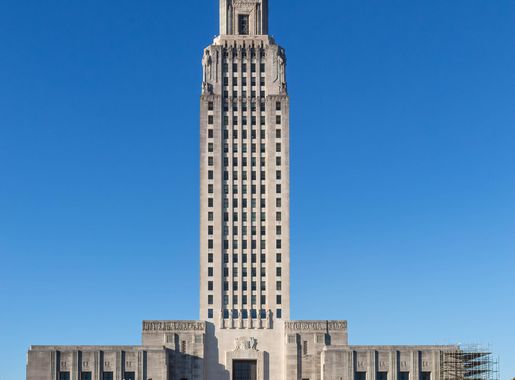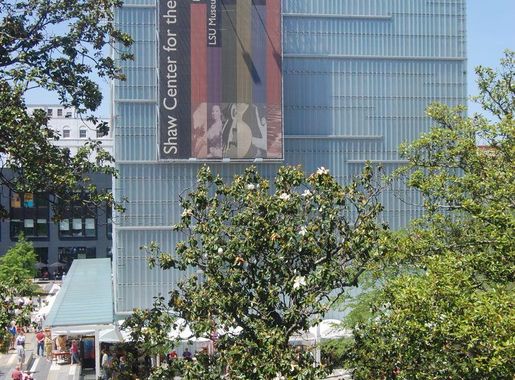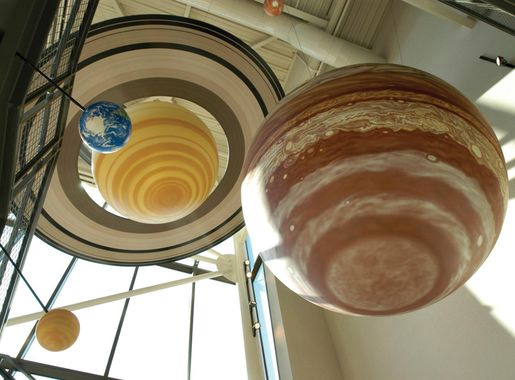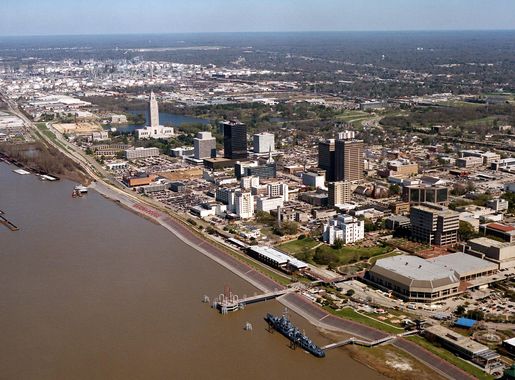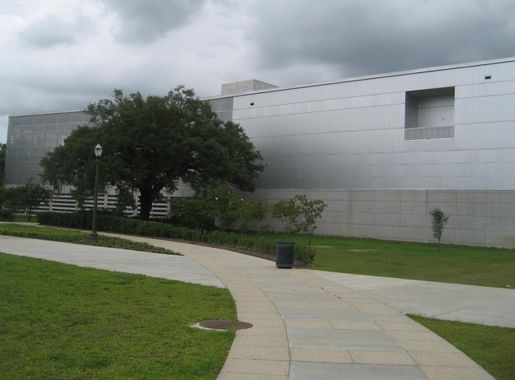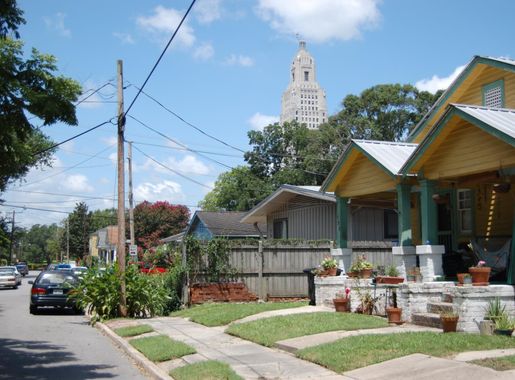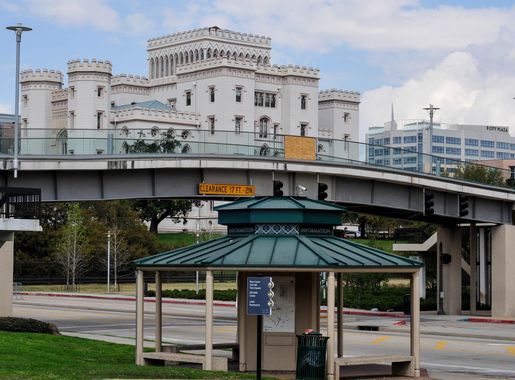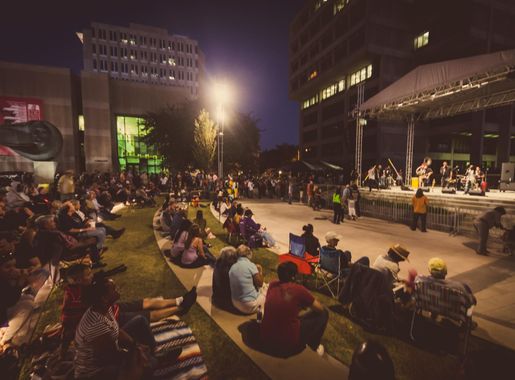
The Vibrant Heart of Baton Rouge: Downtown Baton Rouge
Discover Downtown Baton Rouge: A perfect blend of history, culture, and modern Southern charm along the Mississippi River.
Downtown Baton Rouge is a lively and dynamic neighborhood that serves as the beating heart of Louisiana's capital city. This area is a blend of historical charm and modern flair, making it an exciting destination for tourists. The Mississippi River gracefully borders the downtown area, offering captivating views and serene walking paths. Culture enthusiasts will appreciate the array of museums, including the Louisiana Art & Science Museum and the Old State Capitol, which provide deep insights into the region's rich history and artistic heritage. The Shaw Center for the Arts is another cultural jewel, featuring contemporary art galleries and live performances. Food lovers will be in paradise with the diverse culinary scene. From traditional Creole and Cajun dishes to modern Southern cuisine, the local restaurants and bistros cater to all taste buds. Don't miss out on the vibrant nightlife, with numerous bars, live music venues, and rooftop lounges offering a perfect end to your day. Downtown Baton Rouge is also an excellent spot for shopping, with its eclectic mix of boutiques, antique shops, and local markets. Whether you're looking for unique souvenirs or high-end fashion, you'll find it here. The neighborhood's walkability and friendly atmosphere make it easy to explore and enjoy all it has to offer.
Local tips in Downtown Baton Rouge
- Visit the Louisiana Art & Science Museum for a mix of art exhibits and interactive science displays.
- Take a leisurely stroll along the Mississippi Riverfront for picturesque views and a relaxing atmosphere.
- Experience local flavors by dining at one of the many restaurants offering authentic Creole and Cajun cuisine.
- Check out the Shaw Center for the Arts' event calendar for live performances and exhibitions.
- Explore the Old State Capitol, often referred to as the 'Castle on the River,' for a glimpse into Louisiana's political history.
The Vibrant Heart of Baton Rouge: Downtown Baton Rouge
Downtown Baton Rouge is a lively and dynamic neighborhood that serves as the beating heart of Louisiana's capital city. This area is a blend of historical charm and modern flair, making it an exciting destination for tourists. The Mississippi River gracefully borders the downtown area, offering captivating views and serene walking paths. Culture enthusiasts will appreciate the array of museums, including the Louisiana Art & Science Museum and the Old State Capitol, which provide deep insights into the region's rich history and artistic heritage. The Shaw Center for the Arts is another cultural jewel, featuring contemporary art galleries and live performances. Food lovers will be in paradise with the diverse culinary scene. From traditional Creole and Cajun dishes to modern Southern cuisine, the local restaurants and bistros cater to all taste buds. Don't miss out on the vibrant nightlife, with numerous bars, live music venues, and rooftop lounges offering a perfect end to your day. Downtown Baton Rouge is also an excellent spot for shopping, with its eclectic mix of boutiques, antique shops, and local markets. Whether you're looking for unique souvenirs or high-end fashion, you'll find it here. The neighborhood's walkability and friendly atmosphere make it easy to explore and enjoy all it has to offer.
Iconic landmarks you can’t miss
Louisiana's Old State Capitol
Explore the Gothic beauty and historical significance of Louisiana's Old State Capitol, a captivating museum in the heart of Baton Rouge.

North Boulevard Town Square
Explore the vibrant North Boulevard Town Square, an urban oasis in Baton Rouge, where art, nature, and community come together for an unforgettable experience.
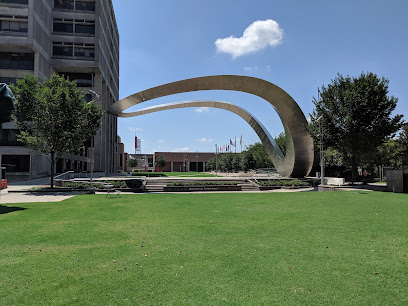
Old Governor's Mansion
Discover the historic Old Governor's Mansion in Baton Rouge, where Victorian elegance meets Louisiana's rich heritage, perfect for history buffs and event seekers alike.
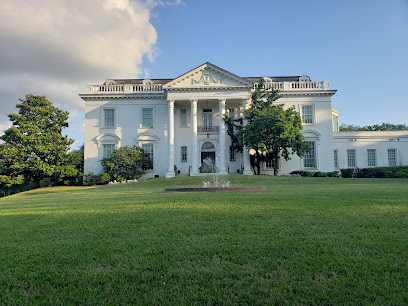
Pentagon Barracks Museum
Discover Louisiana's military heritage at the Pentagon Barracks Museum, featuring engaging exhibits and a charming gift shop in Baton Rouge.

USS Kidd (DD-661)
Discover the USS Kidd (DD-661), a historic World War II destroyer turned museum, offering a glimpse into naval history along the banks of the Mississippi River.
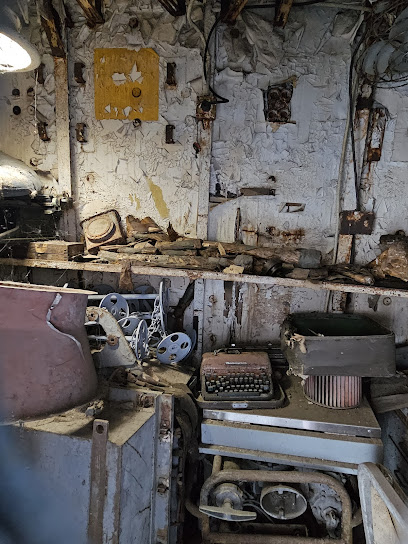
The Eye of The River
Explore the Eye of The River, a historical landmark in Baton Rouge, Louisiana, where nature meets rich cultural heritage along the beautiful Mississippi River.
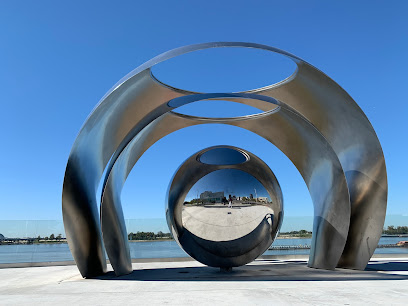
Columbus Plaza
Explore the historical significance of Columbus Plaza, a captivating landmark in Baton Rouge that showcases the city’s rich cultural heritage.
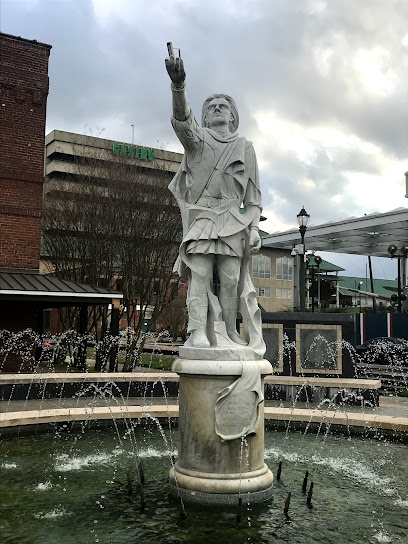
Hebe Statue
Discover the captivating beauty of the Hebe Statue, a historical landmark in Baton Rouge that embodies art and culture amidst scenic gardens.
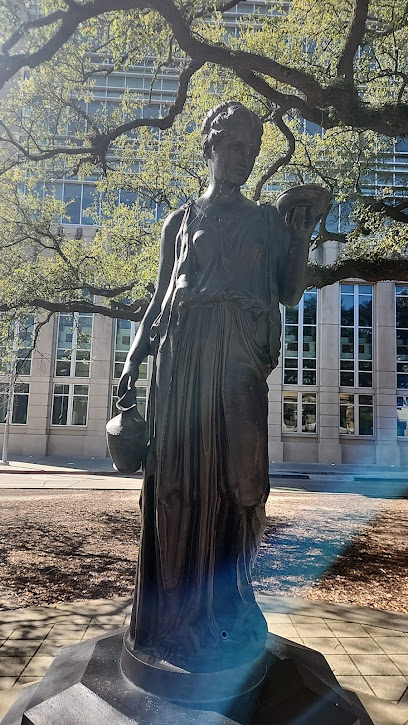
Government Street
Explore the vibrant culture, unique shops, and rich culinary scene of Government Street in Baton Rouge, where history meets modern charm.
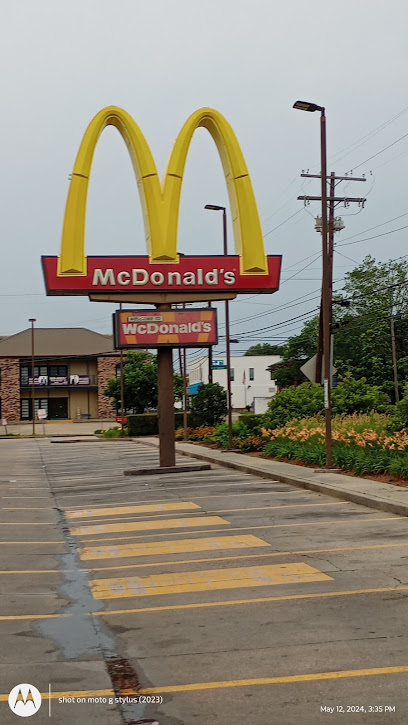
Old Arsenal Museum
Discover the rich military history of Louisiana at the Old Arsenal Museum, a captivating stop for history enthusiasts in Baton Rouge.
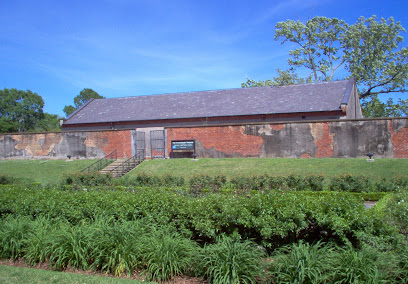
Unmissable attractions to see
Louisiana Art & Science Museum
Explore the Louisiana Art & Science Museum: a captivating blend of art and science in Baton Rouge, perfect for families and curious minds.

Mississippi River Park
Experience the beauty of nature at Mississippi River Park, a serene escape along the banks of the iconic Mississippi River in Baton Rouge, Louisiana.
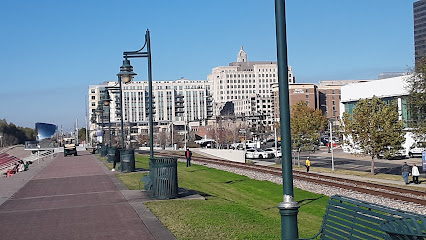
Veteran's Memorial Park
Experience the tranquil beauty and historical significance of Veteran's Memorial Park in Baton Rouge, a peaceful retreat for all visitors.
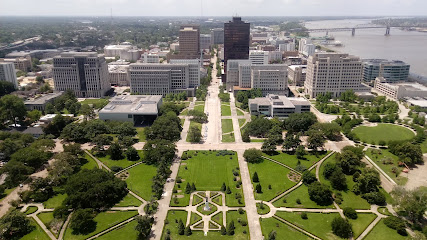
Pentagon Barracks Museum
Discover the rich military history and stunning architecture at the Pentagon Barracks Museum in Baton Rouge, Louisiana.
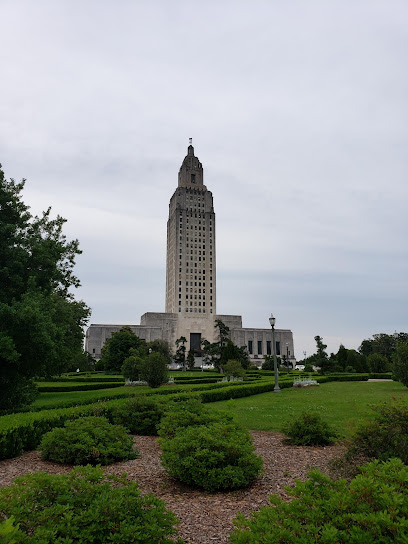
Sing the River Sculpture
Discover the Sing the River Sculpture in Baton Rouge, where art meets nature along the scenic Mississippi River, offering a unique cultural experience.
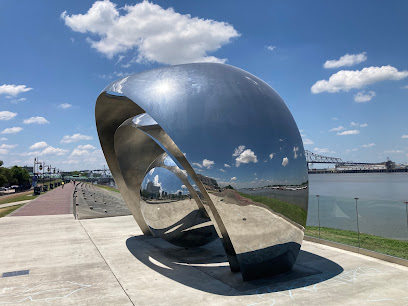
Old Arsenal Museum
Explore the Old Arsenal Museum in Baton Rouge for a captivating journey through Louisiana's military history and cultural heritage.
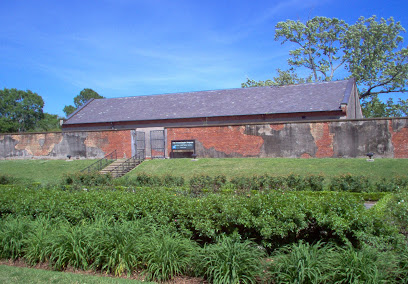
Essential places to dine
Capital City Grill
Experience authentic American cuisine with a local twist at Capital City Grill in vibrant downtown Baton Rouge.
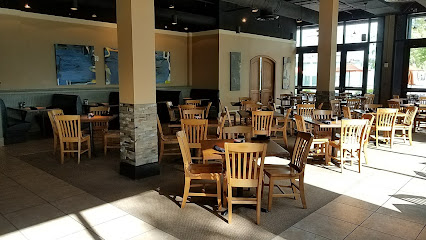
Cocha
Experience the vibrant flavors of New American cuisine at Cocha in Downtown Baton Rouge – where every dish tells a story.
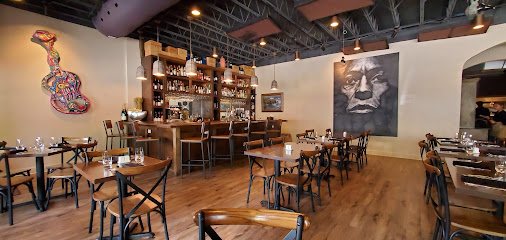
Poor Boy Lloyd's
Discover Poor Boy Lloyd's: A local favorite in Baton Rouge serving authentic po' boy sandwiches bursting with flavor.
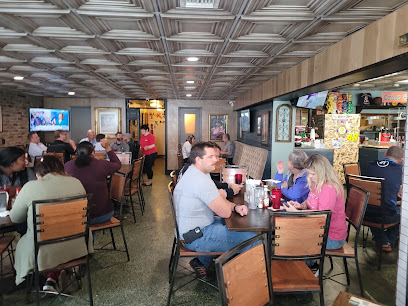
Stroubes Seafood and Steaks
Experience exquisite seafood and steak dishes at Stroubes Seafood and Steaks in Baton Rouge - where Creole flavors meet fine dining.
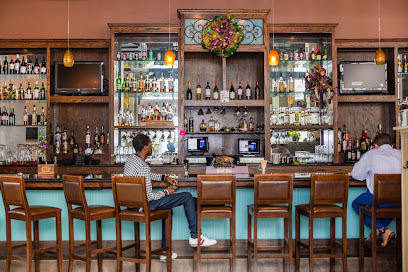
The Little Village - Downtown
Discover authentic Italian cuisine blended with local flavors at The Little Village in downtown Baton Rouge - a must-visit for food lovers.
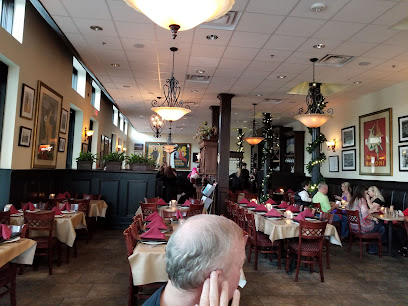
Cecelia Creole Bistro
Experience authentic Creole flavors at Cecelia Creole Bistro, where Baton Rouge's culinary heritage comes alive.
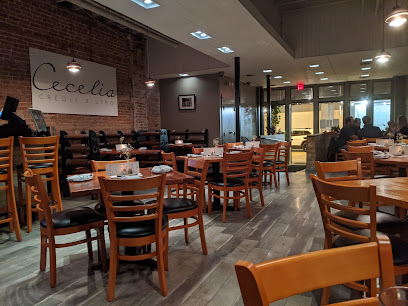
Downtown Seafood & Grill
Experience authentic Louisiana seafood at Downtown Seafood & Grill in Baton Rouge—where fresh flavors meet southern hospitality.
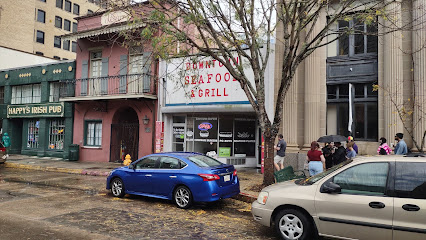
The Gregory
Discover exceptional American cuisine at The Gregory in Baton Rouge - where every meal is a celebration of flavor and hospitality.
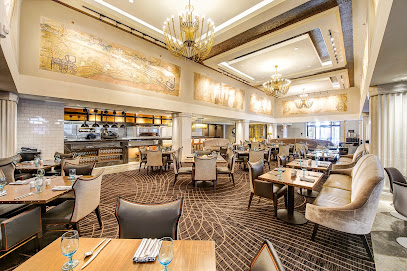
Serop's Express Main St - Downtown
Experience authentic Lebanese cuisine at Serop's Express in Downtown Baton Rouge—where fast-casual meets rich Mediterranean flavors.
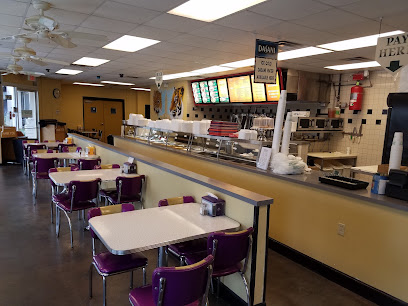
Chow Main
Experience authentic Asian cuisine at Chow Main in downtown Baton Rouge - where every dish tells a story of tradition and flavor.
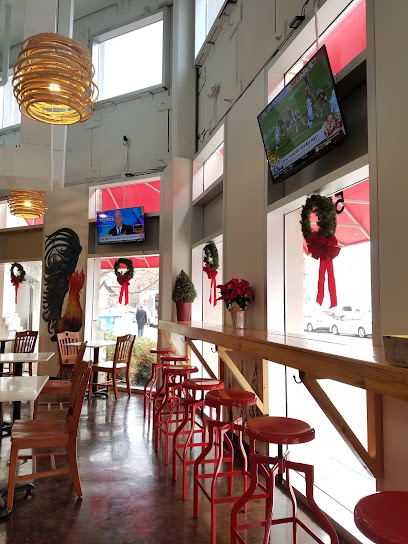
Markets, malls and hidden boutiques
The Pink Elephant Antiques
Explore a charming antique store in Baton Rouge, showcasing a diverse collection of vintage furniture and clothing, perfect for treasure hunters.
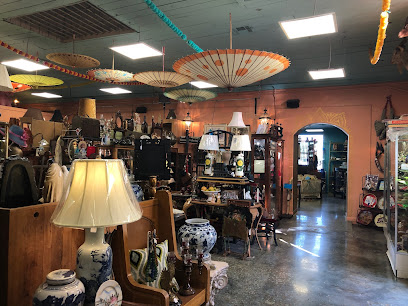
Time Warp Boutique
Explore Time Warp Boutique in Baton Rouge for a unique vintage shopping experience filled with retro fashion and quirky gifts.
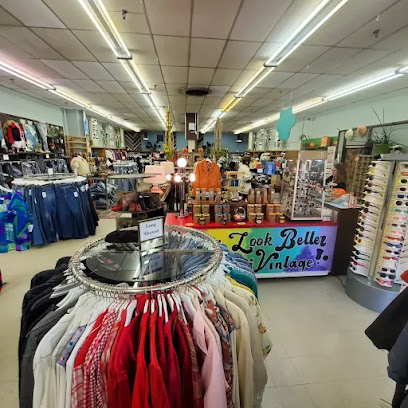
Swap Boutique
Discover unique vintage clothing and sustainable fashion at Swap Boutique in Baton Rouge, where style meets eco-conscious shopping.

BRASS by Circa 1857
Explore the vibrant local artistry and unique gifts at BRASS by Circa 1857 in Baton Rouge, Louisiana.
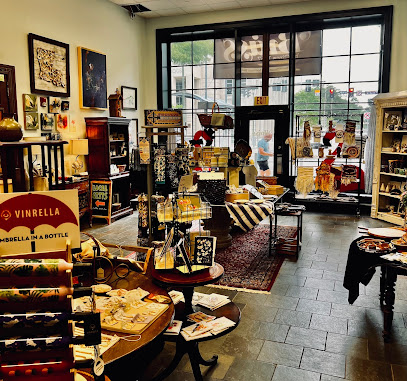
End of The Lane
Explore the charm of Baton Rouge through unique gifts and local treasures at End of The Lane, your go-to gift shop for memorable souvenirs.
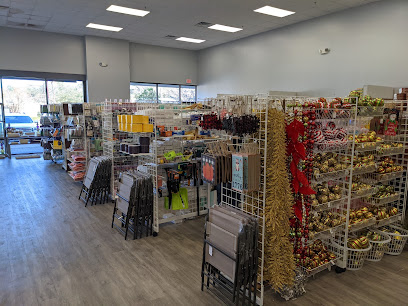
The Hope Shop by Hands Producing Hope
Explore The Hope Shop: A boutique in Baton Rouge offering handmade gifts and supporting local artisans for a meaningful shopping experience.
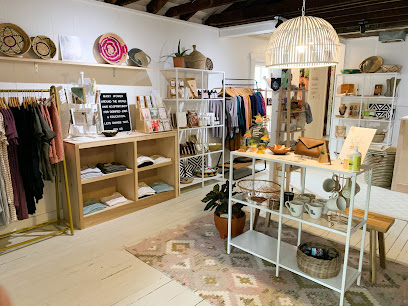
Local Lagniappe Gift Boutique
Explore Local Lagniappe Gift Boutique for unique gifts and home goods that showcase the charm and culture of Louisiana.
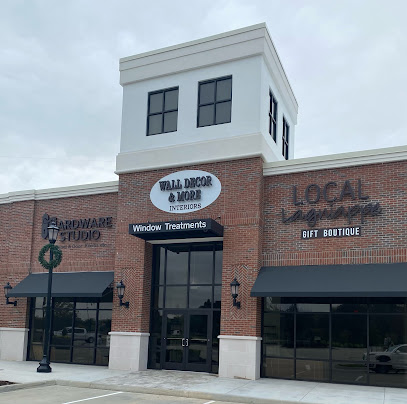
Bedazzled In Baton Rouge
Explore Bedazzled In Baton Rouge for unique gifts and local treasures that embody the spirit of Louisiana, perfect for all occasions.
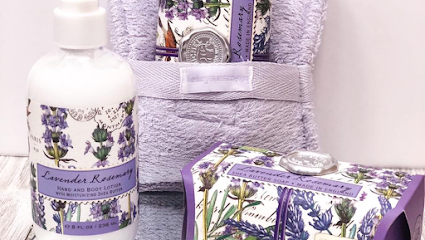
Bayou Belle Boutique Baton Rouge
Discover the charm of Baton Rouge's Bayou Belle Boutique, where unique women's fashion meets Southern hospitality, perfect for every style enthusiast.
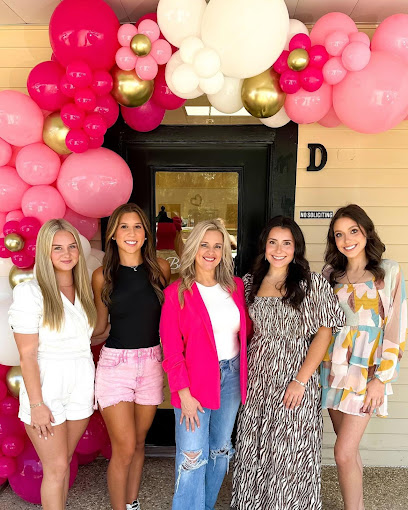
Gift Shop at Baton Rouge General
Discover unique souvenirs and thoughtful gifts at the Gift Shop of Baton Rouge General, celebrating the spirit of Louisiana.
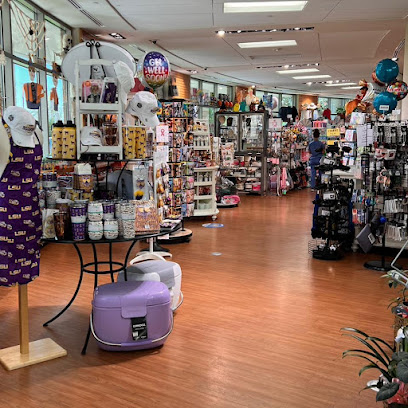
Essential bars & hidden hideouts
Boudreaux & Thibodeaux's
Experience the vibrant nightlife of Baton Rouge at Boudreaux & Thibodeaux's, where live music and great drinks come together in a lively atmosphere.
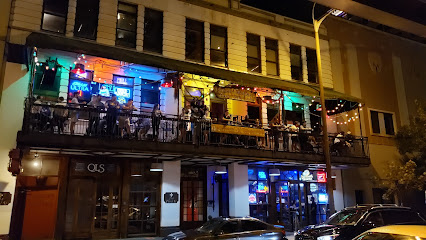
Bengal Tap Room
Experience the lively atmosphere and diverse menu at Bengal Tap Room, Baton Rouge's premier sports bar for food and fun.
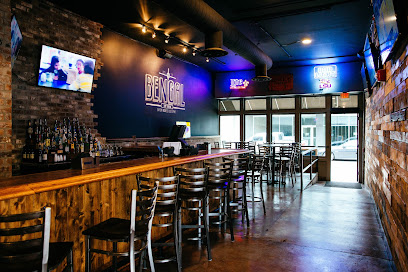
The River Room
Discover The River Room, a stylish lounge in Baton Rouge offering delicious cocktails and scenic riverside views for the perfect evening out.
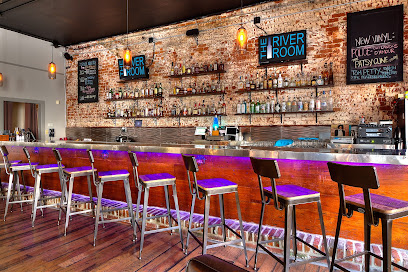
Blend
Discover Blend, Baton Rouge's premier wine bar, featuring an exquisite selection of wines and a cozy ambiance perfect for every occasion.
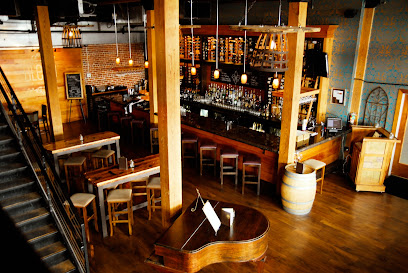
Bald Eagle Pub
Discover the lively atmosphere of Bald Eagle Pub in downtown Baton Rouge, where great drinks and live entertainment await you.
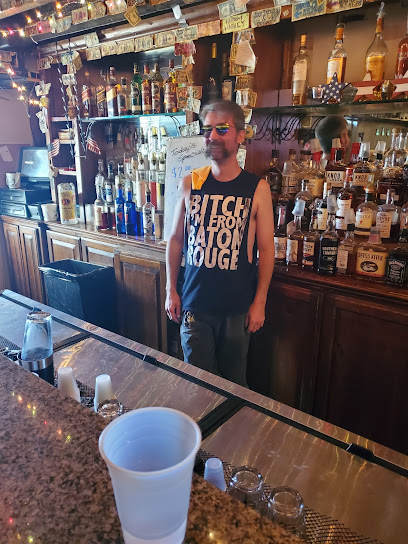
13 Social
Discover 13 Social, a trendy cocktail bar in downtown Baton Rouge, where vibrant nightlife meets expertly crafted drinks for an unforgettable experience.
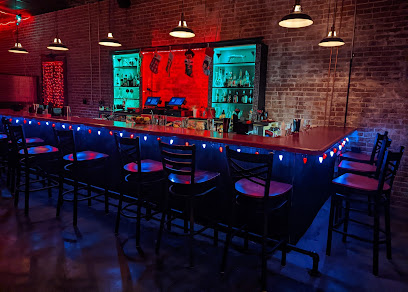
The Main Lobby
Discover The Main Lobby, a stylish cocktail bar in Downtown Baton Rouge offering creative drinks, vibrant ambiance, and local flavor.
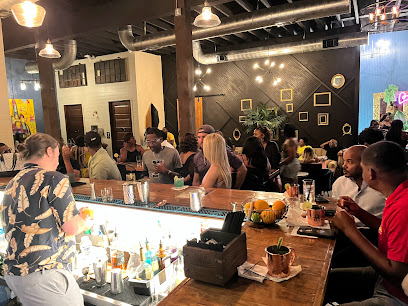
Squeaky Pete's
Discover the energy of Squeaky Pete's, Baton Rouge's top bar for live music, delicious cocktails, and unforgettable nights out.
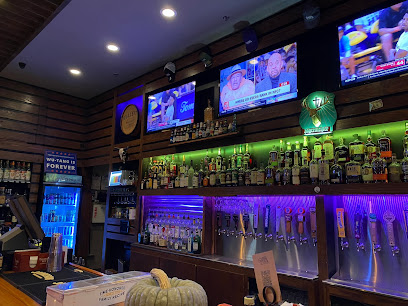
City Bar Baton Rouge
Discover the lively nightlife of Baton Rouge at City Bar, a premier bar and dance club offering an unforgettable experience in the heart of the city.
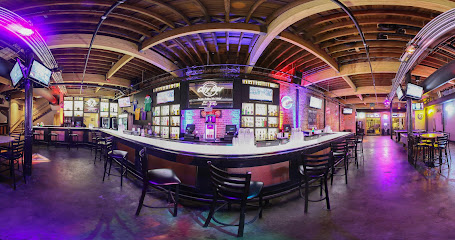
Dark 30 Wine & CraftCocktail Bar
Discover Dark 30 Wine & Craft Cocktail Bar in Baton Rouge for an unforgettable blend of exquisite wines and innovative cocktails in a vibrant atmosphere.
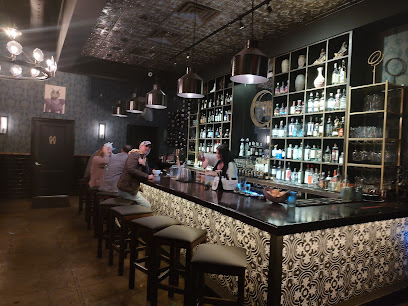
Local Phrases
-
- HelloHowdy
[haw-dee] - GoodbyeSee ya
[see yuh] - YesYeah
[yay-uh] - NoNah
[nah] - Please/You're welcomePlease/No problem
[pleez / no prob-lem] - Thank youThanks
[thanks] - Excuse me/SorryPardon me/My bad
[par-dun me / mah bad] - How are you?How y'all doin'?
[how y'all doin'] - Fine. And you?Fine. And y'all?
[fine. and y'all?] - Do you speak English?Y'all speak English?
[y'all speak ing-lish?] - I don't understandI ain't get it
[i aint get it]
- HelloHowdy
-
- I'd like to see the menu, pleaseLemme see the menu, please
[lem-mee see the menu, please] - I don't eat meatI don't eat meat
[i don't eat meat] - Cheers!Cheers!
[cheers] - I would like to pay, pleaseI wanna pay now, please
[i wanna pay now, please]
- I'd like to see the menu, pleaseLemme see the menu, please
-
- Help!Help!
[help!] - Go away!Git outta here!
[git outta here!] - Call the Police!Call the Po-lice!
[call the po-lice!] - Call a doctor!Call a doc!
[call a doc!] - I'm lostI'm lost
[i'm lost] - I'm illI'm sick
[i'm sick]
- Help!Help!
-
- I'd like to buy...I wanna buy...
[i wanna buy...] - I'm just lookingI'm just lookin'
[i'm just lookin'] - How much is it?How much dat?
[how much dat?] - That's too expensiveDat's too high
[dat's too high] - Can you lower the price?Can ya do it cheaper?
[can ya do it cheaper?]
- I'd like to buy...I wanna buy...
-
- What time is it?What time is it?
[what time is it?] - It's one o'clockIt's one
[it's one] - Half past (10)Half past ten
[half past ten] - MorningMornin'
[mornin'] - AfternoonAfternoon
[afternoon] - EveningEvenin'
[evenin'] - YesterdayYesserday
[yesserday] - TodayToday
[today] - TomorrowTomorra
[tomorra] - 1One
[one] - 2Two
[two] - 3Three
[three] - 4Four
[four] - 5Five
[five] - 6Six
[six] - 7Seven
[seven] - 8Eight
[eight] - 9Nine
[nine] - 10Ten
[ten]
- What time is it?What time is it?
-
- Where's a/the...?Where's a/the...?
[where's a/the...?] - What's the address?What's the address?
[what's the address?] - Can you show me (on the map)?Can you show me (on the map)?
[can you show me (on the map)?] - When's the next (bus)?When's the next (bus)?
[when's the next (bus)?] - A ticket (to ....)A ticket (to ....)
[a ticket (to ....)]
- Where's a/the...?Where's a/the...?
History of Downtown Baton Rouge
-
Downtown Baton Rouge's history began in the early 18th century when the area was settled by the French. The name 'Baton Rouge' translates to 'Red Stick,' which refers to a cypress pole used by Native Americans to mark the boundary between tribal lands. The French established a fort here in 1719, solidifying Baton Rouge as a strategic military and trade location.
-
During the American Revolution, Baton Rouge changed hands, first falling to the British in 1763 before being ceded to Spain in 1779. The Spanish influence is visible in the architecture and urban layout of Downtown Baton Rouge, particularly in the preservation of historic buildings such as the Old State Capitol, which was completed in 1847 and showcases Gothic Revival architecture.
-
Baton Rouge played a significant role during the Civil War, with the city being occupied by Union forces in 1862. The downtown area became a military hub, with various fortifications established. After the war, Baton Rouge underwent a period of Reconstruction, leading to growth and development in the region, particularly in infrastructure and public services.
-
The late 19th and early 20th centuries marked a pivotal era for Downtown Baton Rouge, as it transformed into a commercial hub. The establishment of steamboat traffic on the Mississippi River facilitated trade, and industries such as cotton and timber flourished. The downtown area's economy diversified, leading to the construction of new commercial buildings and the growth of local businesses.
-
In recent decades, Downtown Baton Rouge has experienced a cultural renaissance with a focus on preserving its historical heritage. Efforts have been made to revitalize the area, including the development of the Shaw Center for the Arts and improvements to public spaces. This cultural shift has fostered a vibrant arts scene and has made Downtown Baton Rouge a focal point for community events, festivals, and tourism.
Downtown Baton Rouge Essentials
-
Downtown Baton Rouge is easily accessible from other neighborhoods in Baton Rouge. If you are coming from the Baton Rouge Metropolitan Airport, you can take a taxi or rideshare service, which typically takes about 15-20 minutes. Public transportation options include the Capital Area Transit System (CATS) buses, which connect various neighborhoods to downtown. Additionally, if you are traveling by car, major highways like I-10 and I-110 lead directly into the heart of downtown.
-
Downtown Baton Rouge is pedestrian-friendly, and many attractions are within walking distance. The CATS bus service operates routes throughout downtown, making it easy to navigate. For a more immersive experience, consider renting a bicycle from a local bike-share program. Taxis and rideshare options are also available for those preferring not to walk or bike.
-
While Downtown Baton Rouge is generally safe for tourists, it’s important to stay vigilant, especially at night. Areas such as the vicinity of North 19th Street and parts of the outskirts may experience higher crime rates. Always stick to well-lit areas and avoid displaying valuables. It’s advisable to travel in groups when possible and remain aware of your surroundings.
-
In case of emergency, dial 911 for police, fire, or medical assistance. The Baton Rouge Police Department and local hospitals are equipped to handle various emergencies. Familiarize yourself with the location of the nearest hospital and pharmacy, and ensure you have travel insurance that covers emergencies.
-
Fashion: Do wear comfortable, weather-appropriate clothing, especially in hot and humid months. Don’t wear overly revealing clothing, as modesty is appreciated. Religion: Do respect local customs, especially when visiting religious sites like churches. Public Transport: Do be courteous to fellow passengers. Don’t use loud devices or eat on public buses. Greetings: Do greet locals with a friendly smile or nod. A handshake is common in formal settings. Eating & Drinking: Do try local cuisine at restaurants. Don’t bring outside food or drinks into eateries.
-
To experience Downtown Baton Rouge like a local, explore the Red Stick Farmers Market for fresh produce and local goods. Visit the Louisiana State Capitol for stunning views and historical insights. Engage with local artists at galleries along Third Street and don’t miss the live music scene in the evenings. It’s also worthwhile to join community events or festivals to immerse yourself in the local culture.
Nearby Cities to Downtown Baton Rouge
-
Things To Do in Lafayette
-
Things To Do in Houma
-
Things To Do in McComb
-
Things To Do in New Orleans
-
Things To Do in Natchez
-
Things To Do in Slidell
-
Things To Do in Lake Charles
-
Things To Do in Gulfport
-
Things To Do in Hattiesburg
-
Things To Do in Vicksburg
-
Things To Do in Biloxi
-
Things To Do in Monroe
-
Things To Do in Port Arthur
-
Things To Do in Petaluma
-
Things To Do in Beaumont

